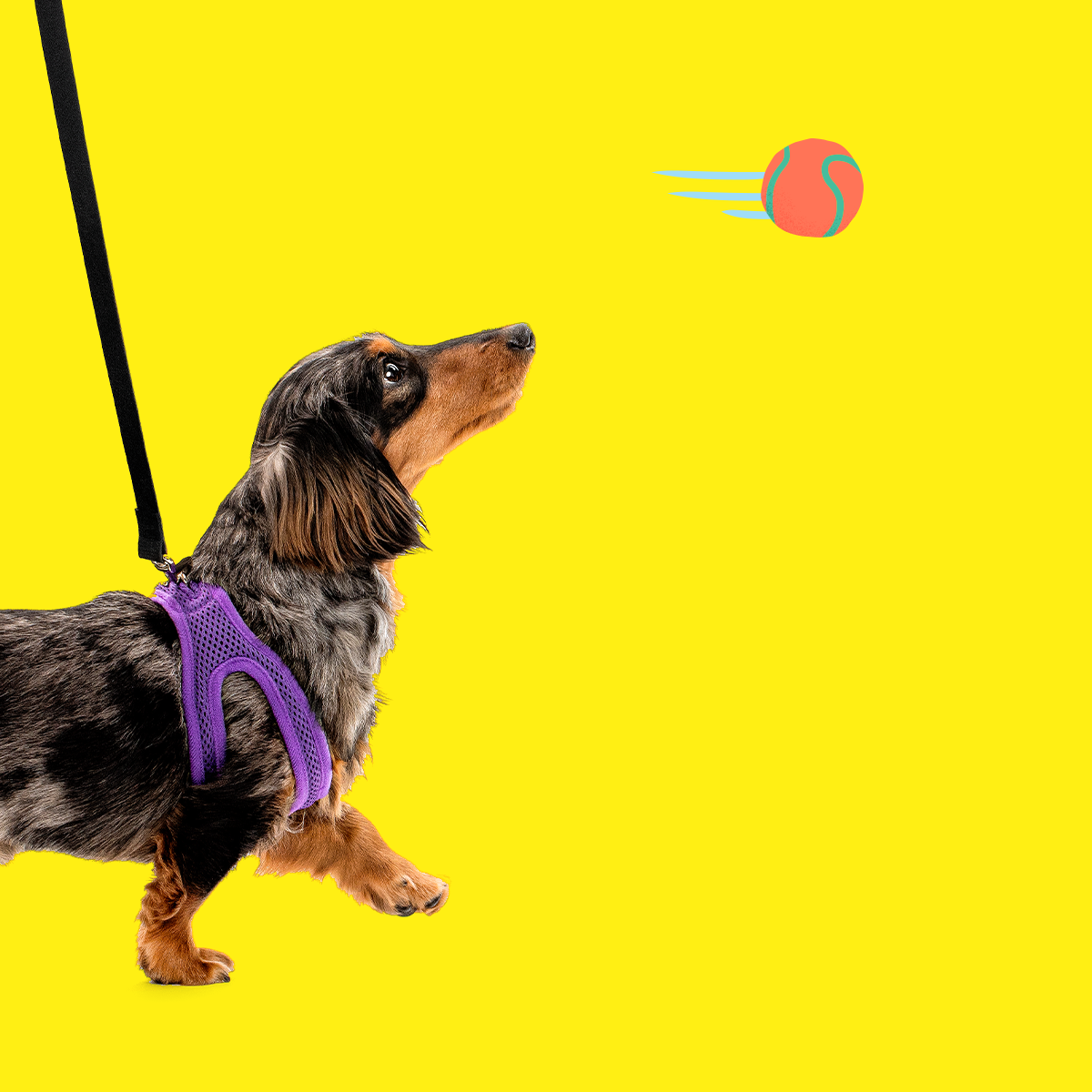
Short answer: YES.
Behind dachshunds friendly demeanor and quirky personalities, there's an innate and powerful prey drive. This characteristic is deeply rooted in the breed's history, and might explain why your doxie goes crazy when they see a squirrel, mouse, or sometimes what seems like nothing at all. Read on to learn where this drive comes from, how you'll spot it in action, and what to keep in mind to keep your dachshund safe.
Hunting is — literally — what dachshunds are bred to do
First bred in Germany several centuries ago, dachshunds were primarily bred to be hunting dogs. ("Dachshund" even translates to "badger dog" in German!) They were developed to trail, track, and hunt burrowing animals like badgers and other small game.
When the prey drive comes out
If you have a dachshund, you know their prey drive is deeply imprinted in their genetics. While the intensity can vary from one dog to another, the underlying triggers are consistent. Dachshunds are finely attuned to movement, sound, and scent — all features that were deemed essential for their hunting roles. The slightest rustle of leaves, the faintest scent of an animal, or the quick darting movement of prey can awaken their instincts.
Sight: Dachshunds have incredible eyesight and are quick to notice movement, which is a crucial trait for spotting potential prey. Their alertness is akin to a radar, enabling them to track and chase moving targets.
Scent: Compared to humans, most dogs have a great sense of smell — but dachshunds are even more sensitive to scents. Their acute sense of smell allows them to detect the faintest trail left by animals, making them great at tracking and locating hidden prey.
Prey drive in action
When a Dachshund's prey drive is triggered, a series of behaviors unfold that harken back to their hunting days. These behaviors can include:
Chasing: The sight of a moving object, be it a squirrel or a fluttering leaf, can prompt a dachshund to follow. Their speed and determination are reminiscent of their history as tracking dogs.
Digging: Burrowing and digging were essential skills for a breed that largely hunted animals that lived underground. Even today, doxies might display digging behaviors when they sense something hiding beneath the surface. (Hello, hand under the blanket!)
Sound: This is less about a dachshunds sense of hearing, but rather a dachshund's ability to be heard by humans. We all know doxies tend to be vocal: This trait also comes from their hunting heritage, as their barks would alert their human counterparts to the presence of prey or danger.
Things you should know about your dachshunds prey drive
While the prey drive is a natural doxie trait, it can pose some challenges for modern pet owners. If you live in an urban or suburban setting, there are probably several triggers a day your dachshund is likely respond to, which can lead to behaviors like excessive barking, chasing after cars or bicycles, and even attempting to dig through furniture.
To manage your doxie's prey drive, make sure they're getting enough mental and physical stimulation. While their prey drive might be inconvenient at times, remember they're a testament to the resilience and adaptability of the breed.
